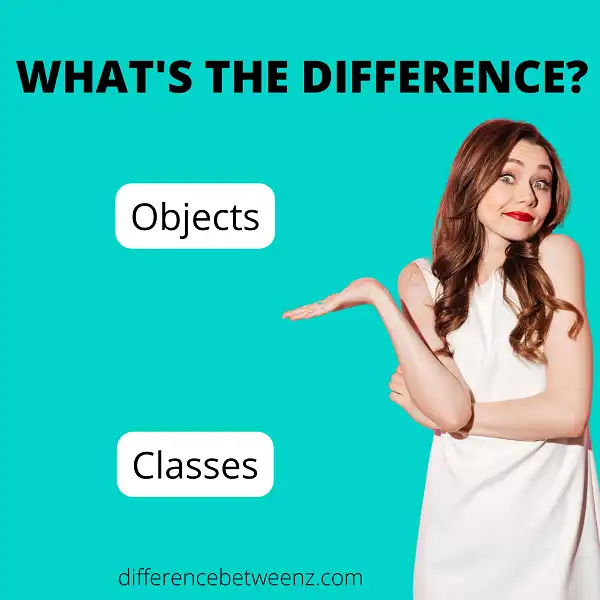Have you ever wondered what the difference is between an object and a class? In this blog post, we will explore the differences between objects and classes, and provide some examples to help illustrate these concepts. We will also discuss how objects and classes can be used to create effective software designs. So, if you’re interested in learning more about objects and classes, read on!
What are Objects?
Objects are the basic building blocks of a Java program. In their simplest form, objects are defined as classes that contain data and methods. However, there is much more to an object than just its data and methods. Objects also have a unique identity, which allows them to be referenced by other objects. In addition, objects can be passed as parameters to methods and can be returned from methods. Finally, objects can be clustered together in containers, which provides a way to manage a group of related objects. Collectively, these characteristics make up the definition of an object. Consequently, understanding objects are essential to understanding Java programming.
What are Classes?
Classes are like blueprints for creating objects. They define what an object looks like and how it behaves. Classes also specify the relationships between different objects. In other words, they determine how one object can interact with another. Classes are essential for Object-Oriented programming, which is a popular programming paradigm. Without classes, it would be much more difficult to create software that is reliable and efficient. Consequently, classes are an important concept for any programmer to understand.
Difference between Objects and Classes
One of the most important concepts in object-oriented programming is the difference between objects and classes. Objects are instances of classes, which are blueprint descriptions of how an object should look and behave. A class defines the structure and behavior of an object, but it is not the object itself. An object is a concrete, individual example of a class. It has its own specific set of values for the attributes defined in the class, and it can perform the behavior defined in the class. Objects are sometimes referred to as “instances” of a class.
A class is like a template or a blueprint from which objects can be created. It specifies what an object will look like and what it will be able to do. Objects are created by using the keyword new, followed by the name of the class. For example, if you have a class named House, you could create an object from that class with this code: House my house = new House();. After an object has been created, its attribute values can be set and its methods can be invoked.
Conclusion
The difference between objects and classes is an important distinction to understand when learning about programming. In object-oriented programming, a class is a template for creating objects. An object is an instance of a class that has been created using the parameters defined in the class. Classes are used to create reusable code, while objects are used to store data. When you create a new object, it will have its own copy of all the variables and methods that were defined in the class. This allows you to change the values of those variables without affecting any other objects that were created from the same class. Understanding these concepts will help you write more efficient code and make better use of resources.


